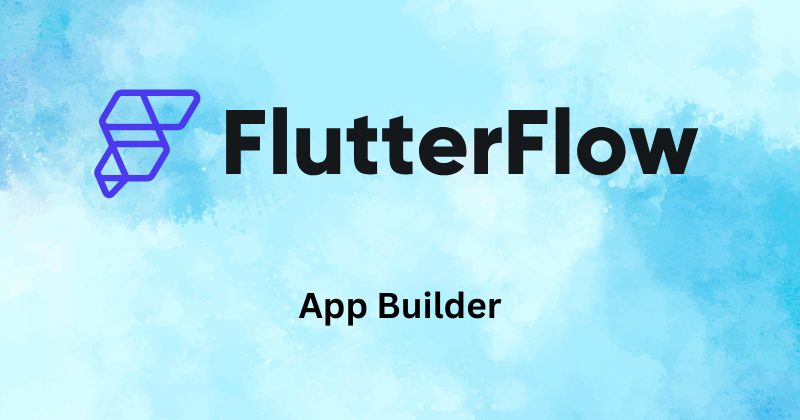
September 24, 2025
Using FlutterFlow to Build a Mobile App Without Writing Code
Using FlutterFlow to Build a Mobile App Without Writing Code
Imagine building your dream mobile app this weekend without writing a word of code. Seriously. No hours of syntax confusion. No deep Dart dives or long Google searches for odd bugs.
FlutterFlow, a drag-and-drop visual app builder, promises to allow you to develop, integrate, and deploy stunning mobile applications. A non-technical entrepreneur, designer with an app concept, or developer wishing to prototype quicker may use FlutterFlow to make their vision into reality.
I will explain FlutterFlow, what makes it exceptional, and how to construct your own app without coding in this post. Are you ready to create?
What is FlutterFlow?
Beginning with the fundamentals. FlutterFlow is a no-code and low-code platform based on Google's open-source UI technology Flutter. Whatever you develop with FlutterFlow is genuine Flutter code, and you may export it anytime.
Why does it matter? You get the best of both worlds: the ease of dragging and dropping your app graphically and the freedom to grow, hand over to developers, or add custom code.
In a nutshell, it is a great approach to create cross-platform applications for iOS, Android, web, and desktop without coding.
Getting Started with FlutterFlow
Starting a FlutterFlow project is entertaining and less frightening than looking at an empty code editor.
Start by signing up for FlutterFlow (their free plan is ideal for exploring). Once in, click Create New Project and choose a blank or pre-built template. Templates save hours when designing regular apps like to-do, chat, and booking systems.
A clean, visual canvas is your primary workspace. The widget tree on the left illustrates your app's screens and components layout. You construct each screen using widgets like buttons, text boxes, photos, and lists in the drag-and-drop builder in the centre.
Everything is live, so you can click, rearrange widgets, change styles, and see your design instantaneously. Like designing in Figma, but with functional code. Cool, right?
Connecting to Data and Backend
How about having your application save user info or send login emails? This is FlutterFlow's forte.
FlutterFlow integrates Firebase deeply. Connect your app to Firebase Authentication for sign-ups and logins with a few clicks. Want to store orders, messages, or posts? Connect to Firestore to manage collections graphically without server code.
Even better, FlutterFlow's visual Actions panel lets you design your own logic. What happens if you click a button to save a record or go to a different screen? One step at a time, set up the rules and steps.
You can connect your software to distant APIs without having to ask questions with REST API calls. New users should be able to understand backend logic through simple settings windows.
Previewing and Testing Your App
After building your screens and wiring your data, it is time to test it. FlutterFlow simplifies previewing.
Click through your app, test navigation, forms, and processes in live preview mode in the editor. Seeing what users will view is so much better than developing blind.
A FlutterFlow companion app allows you to send your project to a real phone for testing. Simply log in, choose your application, and play like a user. No difficult builds or emulators.
Exporting or Deploying Your App
FlutterFlow offers many ways to deploy your app.
- Option 1: Export Flutter code for final modifications, custom logic, or complex integrations with a developer. Clean, production-ready code without vendor lock-in.
- Option 2: Use FlutterFlow's deployment instructions to publish directly to the App Store or Google Play. Even people who are new to the platform can follow the step-by-step instructions.
Bonus: Flutter is cross-platform, so you can create a web or desktop app.
Tips to Make the Most of FlutterFlow
Let's see a few quick tips for building smarter:
- Keep things in order: Clearly label sections and pages, moreover, large scale projects may get messy very quickly.
- Use reusable components: You will be glad you did this if you use common UI elements to construct your own widgets.
- Get involved in the community: Many users share templates, ideas, and tough questions on the FlutterFlow forums and Discord.
- Add code when you are ready: Add extra functions to your program if you want it to do more complicated things.
Conclusion
Zero-code tools like FlutterFlow are changing the game for entrepreneurs, designers, and developers. Never has it been simpler to get from I have an idea to I have an app without becoming a software developer overnight.
Waiting for what? Open FlutterFlow, drag, drop, connect, and launch your big idea. You've got it!
498 views
